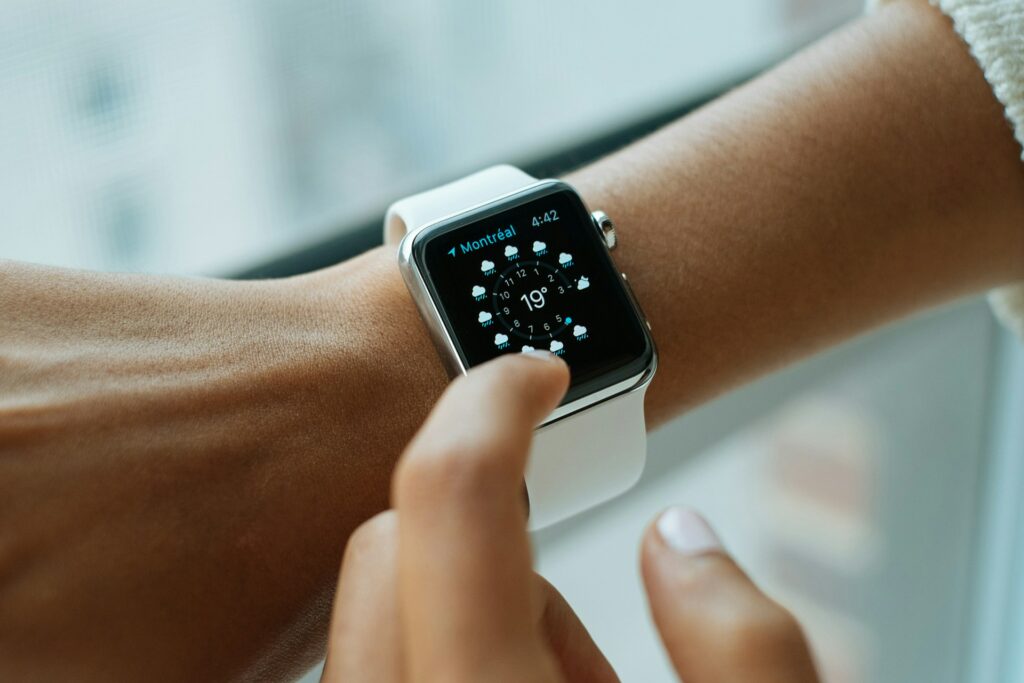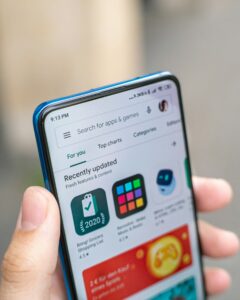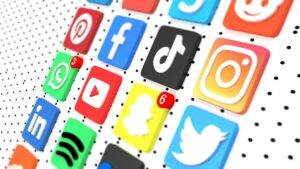Wearable Tech That Could Save Your Life: Not Just for Steps Anymore

Wearable Tech That Could Save Your Life: Not Just for Steps Anymore
The Transition from Physical Fitness to the Protection of Life or Death
In the past, wearable technology was primarily used for the purpose of counting steps and keeping track of exercises. In 2025, however, it adds a great deal more. Those little devices that we wear on our wrists, around our necks, or even in our shoes are silently doing something remarkable: they are assisting individuals in the early detection of health problems, the management of chronic ailments, and in some instances, even the saving of lives.
Wearable technology has transformed from a fitness craze into a genuine health ally. Be it a wristwatch that notifies someone of a cardiac ailment or a fall detector that calls emergency services, wearable technology has developed from it.
Those Smartwatches That Don’t Just Keep Time
The Monitoring of the Heart in Real Time
Smartwatches of today are capable of more than just buzzing for texts. They are now able to continually monitor your heart rate, identify abnormal rhythms (such as atrial fibrillation), and even provide alarms when anything is wrong with your heart. As a result, a great number of individuals have received early diagnoses of cardiac diseases that they had never suspected.
Monitoring of Blood Oxygen and Stress Levels
There are now a lot of watches that use a mix of sensors to monitor your blood oxygen levels and stress signs. When it comes to persons who suffer from respiratory diseases or anxiety-related illnesses, these characteristics may be quite helpful since they provide early warnings or soothing suggestions when they are required.
Tools Developed for Use in Cases of Medical Emergencies
Detectors of Falls for Senior Citizens and Other Individuals Who Are at Risk
In the event that a significant fall is detected, devices equipped with fall detection technology will immediately inform the appropriate emergency contacts or services. This characteristic may actually mean the difference between life and death for elderly people, people with epilepsy, diabetes, or neurological problems, particularly if they live alone. This is especially true for those who are elderly.
The use of wearables for monitoring glucose levels and seizures
There are bracelets and patches that are designed particularly for persons who have diseases that are chronic. These days, glucose monitors are available in wearable versions that may be synchronized with your phone. This makes it easier for diabetics to control their blood sugar levels with fewer finger pricks.
In the case of epileptic sufferers, smart wearables have the capability to identify seizure patterns and transmit real-time notifications to caregivers or family members, therefore providing everyone with a sense of serenity.
Alerts Regarding the Environment and Air Quality
Environment sensors are a relatively recent development in the field of wearable health technology. There are certain gadgets that monitor the amounts of allergies, UV exposure, and pollution. The information presented here may assist those who suffer from asthma, allergies, or skin sensitivities in avoiding flare-ups and taking appropriate measures while venturing outdoors.
It’s a New Frontier: Intelligent Clothing
Absolutely, even your clothing is becoming more sophisticated. Sensitive sensors that measure movement, posture, and muscular tiredness are increasingly integrated into some types of clothing, such as socks and shirts. This has the potential to protect sportsmen from injury. In the case of patients undergoing physical treatment, it offers precise feedback and enhances the recuperation process.
Furthermore, “smart bras” are now in development, which have the capability of detecting early symptoms of breast cancer by monitoring small changes in the temperature and composition of the breast tissue.
There Are Emergency Functions That You Were Not Aware You Needed
Despite the fact that the majority of people purchase a wristwatch for the purpose of convenience, functions such as emergency SOS (which may summon for assistance with the touch of a button), GPS position sharing, and even automobile collision detection are proving to be quite useful. These functions have already been responsible for saving lives, particularly in circumstances when the user is unable to contact a phone, such as in rural places or during accidents.
Where does this technology get its power from?
Real-time data is what differentiates wearable technology from other technologies. You do not have to wait for symptoms or depend on medical examinations once a year since your body provides you with continuous feedback. This sort of knowledge enables individuals to take action at an earlier stage, which is often when therapy is most effective.
Additionally, the gadget does not just remain silent in the event that anything unexpected takes place, such as a fall, a problem with the heart, or a dip in blood sugar. It takes action.
Is It Appropriate for Everyone to Wear One?
This is not always the case. However, the appropriate wearable device may be a lifesaver for those who are afflicted with medical ailments, elderly persons, or people who live alone. Being more knowledgeable about your health and surroundings may help you make better decisions, and it may even help you prevent issues that will last for a long time. This is true even for the typical user.
Last Thoughts: Maintaining Your Health on Your Wrist
It is no longer sufficient to use wearable technology for the sole purpose of getting in shape or reading messages without touching your phone. It is now a silent and powerful companion in your day-to-day life, one that has the potential to intervene in the event of an emergency or to advise you on how to improve your health habits.
The importance that these gadgets play in the health and safety of daily life will only increase as they become more intelligent, smaller, and more inexpensive. It is possible that in the future, wearing one will no longer be considered a luxury but rather a necessity.




